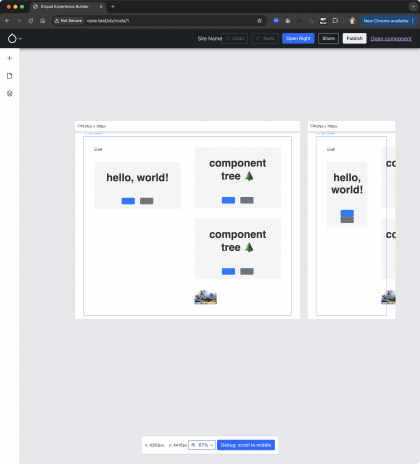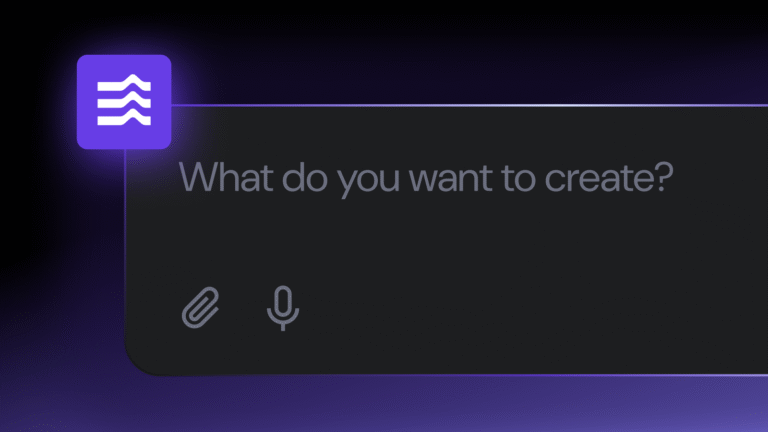Check out the work we’ve done for Cancer Australia using Layout Builder, Storybook and OpenSearch.
1. Storybook – Uplifting Documentation
While these are only a few key tools for elevating the user experience, I hope this blog has helped you understand more about some of the tools we use and why I consider them to be the backbone of all new projects. If you have any questions or would like a demonstration of how we can use them in your new website, please feel free to reach out!
- Component Library – It works like an always-up-to-date document. Each component is documented separately, and its behaviour and variations are well explained. This makes it easier for content editors to browse and understand the behaviours of different components.
- Trial before use (Experimenting) – Developers and stakeholders can interact with each component in isolation, allowing content editors to select the right component to fit the content, which is ideal for the end-user experience. Storybook also enables content editors to test how components display on various screen sizes, facilitating the testing process of multiple devices.
2. Layout Builder – Flexibility and Future-Proofing
Layout Builder is a game-changer for content editors. It works like building blocks. Editors drag and drop component blocks in the design system to fit with the content on a page. This feature allows editors to create and customise page layouts in the website without being locked to just a few pre-built templates. From my experience, it is a useful tool for organisations and users because it is:
- Flexible – It gives content editors and admins more control over how content looks without needing a developer, so content management is faster. Users also benefit as content is better structured, which leads to more engagement and a better experience.
- Future proof – It supports scalability by allowing new components and features to be added over time. It ensures the website stays fresh without requiring a full redesign. In large organisations like universities and government departments, where content is constantly evolving, this level of control is unique and necessary.
Rather than diving into the technical details, I want to share my thoughts on why these are essential tools for end-users and editors who manage content daily.
3. OpenSearch – Smart Search
Search is a critical feature for any large-scale website. It helps organisations give users the best experience by ensuring they can quickly find the right information. So, what is the difference between an out-of-the-box search and OpenSearch? Think of an out-of-the-box search as looking for a book in a bookstore. You might easily find it if you have the title and author, so simple queries will lead you to the source. However, trying to find the best cycling route in a new town is an entirely different task. You’re not just after a title ‘keyword’ but a few additional parameters or ‘filters’ like distance, elevation and terrain. That type of customisation is exactly what OpenSearch offers. It understands the website’s content structure and the users’ queries, and returns the best content match. It’s a powerful tool from a stakeholder perspective, because it:
- Organises information – Organisations can customise search results based on their needs. For example, they can rank articles higher than factsheets to prioritise the most critical content to appear first.
- Understands how people search – No two users search for information in the same way. Some use keywords, while others use complete sentences. OpenSearch supports these various behaviours by providing functionality such as autocomplete, synonyms, and spell check. This will ensure users find what they are looking for, even if they use misspelled words or incomplete sentences.
As a Delivery Manager, I’ve experienced the importance of having clear and accessible documentation in a project. Storybook is an open-source feature that allows teams to build and showcase components in isolation, making it easier to document and test for stakeholders. From my perspective, it is an excellent tool for stakeholders for the following reasons:






